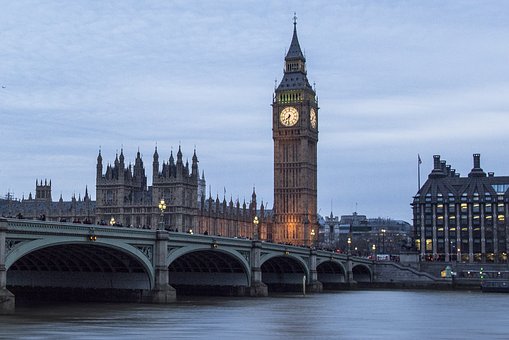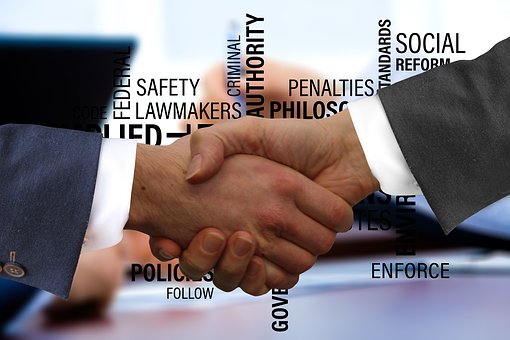
I am fortunate in my business to facilitate customer service seminars for both members of the public and the private sector. In engaging with both sectors I usually get generic answers to my questions. Questions to define Customer Service, to drill deep into what customers really want, and more.
At an event last week I got feedback that I really was not prepared for. I’d always thought that it was a no-brainer that everyone at some level or the other was engaged in customer service. The feedback I got went something like this:
“Madam, I work with a government agency that offers services to the public at no charge. I don’t really agree then that members of the public who come to us could be our customers since there is no monetary exchange going on.”
I was taken aback!
There are so many experts all over the world who teach the practice and strategy of customer service (people like me). Have we all missed it? Are we all so focused in teaching ‘the how to’ and none of us are explaining the basis of service delivery to customers – paying or not. That the people we engage with are in fact our customers.
Needless to say, I had to write something about it.
Most often when people take on the definition of ‘customer’ they (I have also been guilty of this) immediately jump to explanations about internal and external customers.
But I realize that there is a step we miss out on when we attempt this definition. I want to go back to this step and lay the foundations. 
Who then is a customer?
In my [humble] opinion, a customer is everyone you company, institution, department, team, agency has dealings with in the course of executing its mandate.
So in essence, your customer is everyone you see, speak with, correspond with, target through advertisement, communicate with (all forms of communication – written, audio visual, social media etc.) on a daily basis.
Your customers are all your stakeholders; and include internal and external stakeholders.
To buttress my point, please listen to Guy Arnold tackle this oft ignored question.
So, back to the initial feedback that got me on this journey.
“Madam, I work with a government agency that offers services to the public at no charge. I don’t really agree then that members of the public who come to us could be our customers since there is no monetary exchange going on.”
 Do government agencies have customers?
Do government agencies have customers?
If services aren’t being paid for, can the transaction be called customer engagement?
I was reading a McKinsey article recently and in place of ‘customer experience’ they used the term ‘citizen experience’ when explaining the merits of managing the experience people who come to government agencies for service receive.
The authors D’Emidio, Malfara & Neher in this McKinsey article assert that ‘The customer-experience phenomenon may seem far removed from the work of federal, state, and local governments, but it offers important lessons. True, agencies rarely have a direct competitor from which they are trying to capture market share. Nor do disruptive start-ups typically emerge to steal their customers. Yet the rationale for agencies to improve the citizen experience may be just as powerful. For enhancing an agency’s ability to achieve its stated mission, outperforming in efforts to meet budget goals, and engaging employees in a superior culture of citizen service, customer-experience improvement efforts offer public agencies far-reaching lessons.’
Related Reading: Why Customer Service Matters Even For a Government Agency or Other Sole Provider
So the Customer does have a place in government institutions. Successfully identifying what these customers (or citizens) and seeing that they get it is the only way to delivering on whatever mandate, mission or vision that underpins the existence of the government institution.
Could it be that we need a paradigm shift in how we run government agencies then? I definitely think so.
Change the paradigm from a larger than life institution who Customer/Citizens NEED; to an institution that needs to manage Customer/Citizen experience at every touch point (wherever we engage with these citizens – from the gate leading in to the gate leading out) in order to accomplish its mandate.
This new paradigm must be sung up and down the cadre of the government institution to build a cohesive team and solidify citizen relations (or as we popularly call it – public relations).
I will tell you what I told the young man with the feedback that set me on this discussion. I told him that resoundingly YES, Government institutions do have customers, and no financial transaction is required to make someone your customer. I told him that it is imperative that the service delivered to these customers be managed and staff continually be trained because it all contributes to the bottom line.
Do you agree? Let me know your thoughts, comment on this post or send me a direct message.
In this post I simply wanted to address who the customer is within the context of Government Institutions. Maybe some other time I will talk about managing service delivery in this sector. But for now, I welcome you to read my previous post where I discussed 5 Ways to Keep Customers Coming Back.
Do not miss out on future blog posts, subscribe to this blog. New posts are published every friday; and we will NEVER SPAM YOU.




